The other morning I posted about frost flowers, delicate ice structures that are produced by certain types of plants under certain freezing conditions. In that post I questioned the conditions under which these glacial garden blossoms formed.
I've gotten some more data (there are new frost flowers in my yard), so I'm taking another look.
In that previous post I said that perhaps the key to their formation was to have moisture in the soil, then get temperatures just below freezing.
I also wondered if the plants needed to have burst stems from a previous freeze before they would "flower", and if the same plant could produce frost flowers more than once.
After a night in the lower 20's F, I have some answers.
First, moisture in the soil is key, and the soil can't be frozen yet. You need some liquid water in the soil for the plant's roots to absorb.
Second, the temperatures can go way below freezing, they don't have to just slightly dip below. In fact, it seems that the colder it gets, the larger the frost flowers.
Third, yes, it is possible for the same plant to produce frost flowers more than once. Even though the stems are completely split by the previous ice blooms, they can form again. All of the plants that I photographed the other morning have produced frost flowers again this morning. Many more of them have produced them too -- last time I said I was surprised that so many had not. Still, not every single plant produced them.
I still don't know if the stems need to be burst from a freeze before the flowers will form, but since these plants "flowered" more than once, and some of the plants haven't yet, it seems possible that a burst stem is a prerequisite. I'm not yet certain though, as that seems like it requires some careful monitoring and examination, and I'm not sure if I'm ready for that sort of effort right now.
The last thing I learned is that it's much nicer to photograph these beautiful structures when the temperature is 30ºF as opposed to 22ºF. You wouldn't think a few degrees would make that much difference, but when you're kneeling or laying on the ground (or a concrete driveway) to get photos, every degree counts!
I'll monitor these plants for the next few days and see if they keep producing. If I find out anything really exciting I may do another post in the near future, but otherwise I'll just add my observations to the comments section of this post.
Now I need to research what other species readily produce frost flowers, as I want to grow them for comparison. (There are some really cool and beautiful frost flower photos in this Google images search.)
I wonder how many other people use "frost flower generation ability" as a criterion for choosing a garden plant? That's not information you find on plant tags or seed packets unfortunately.
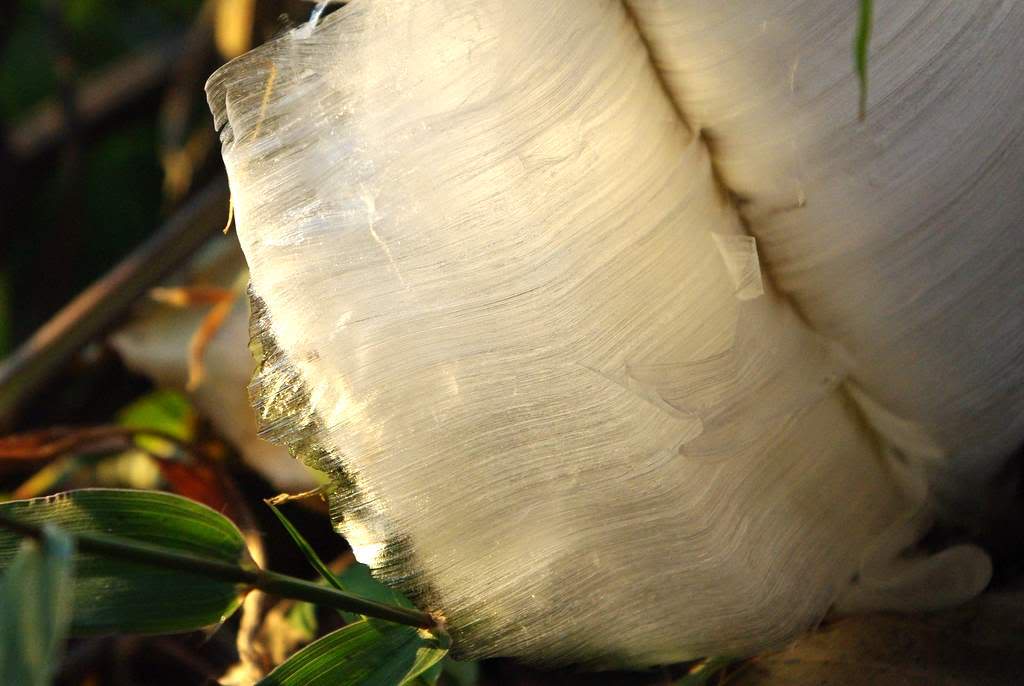
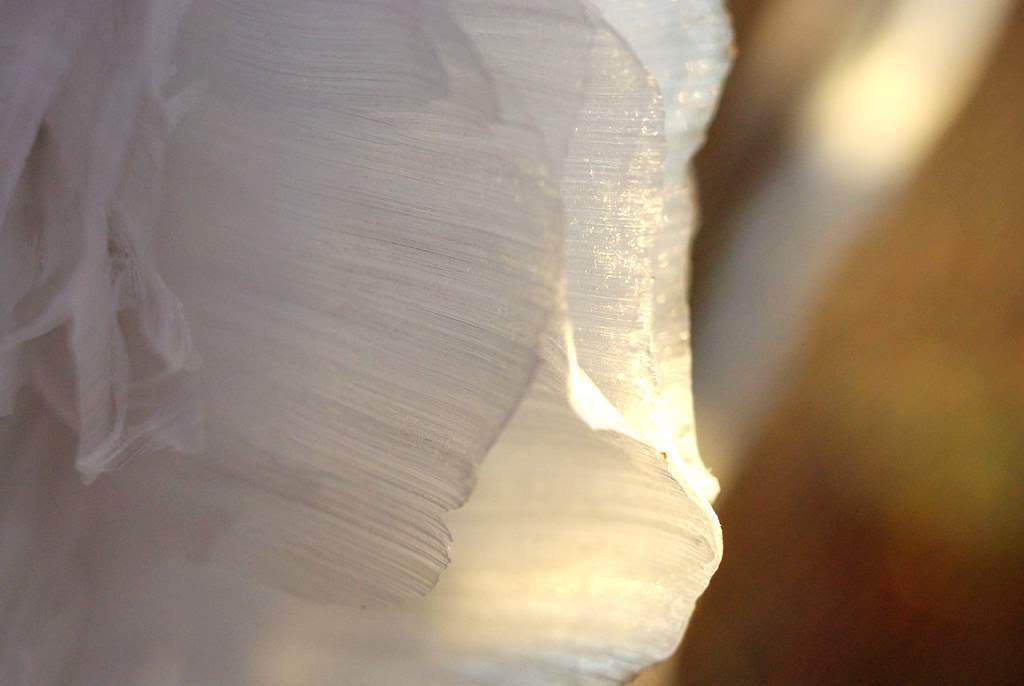


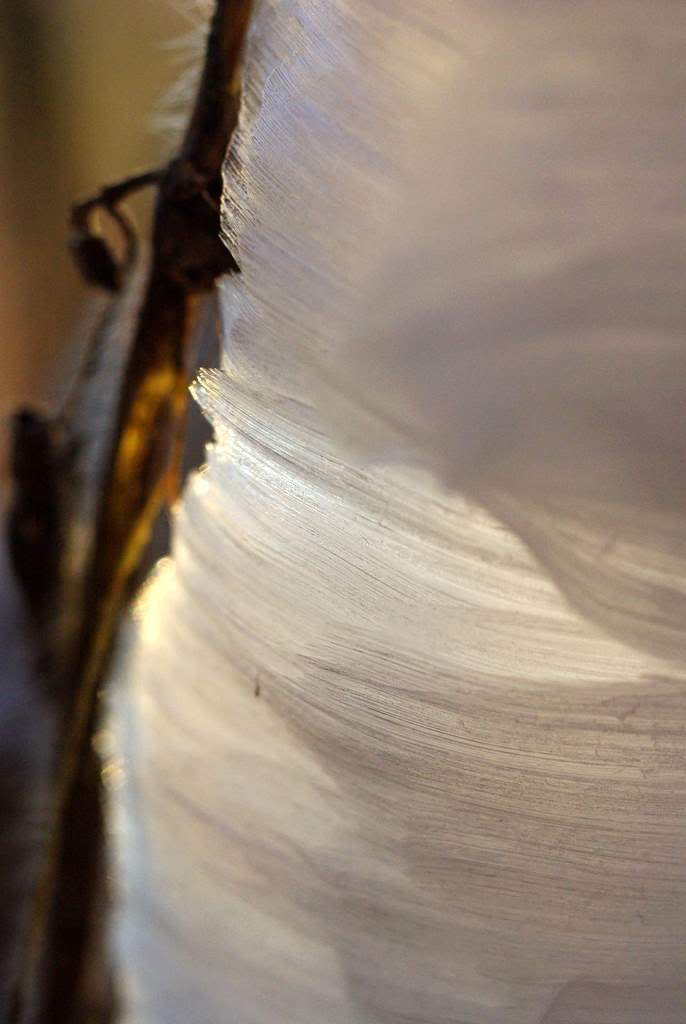

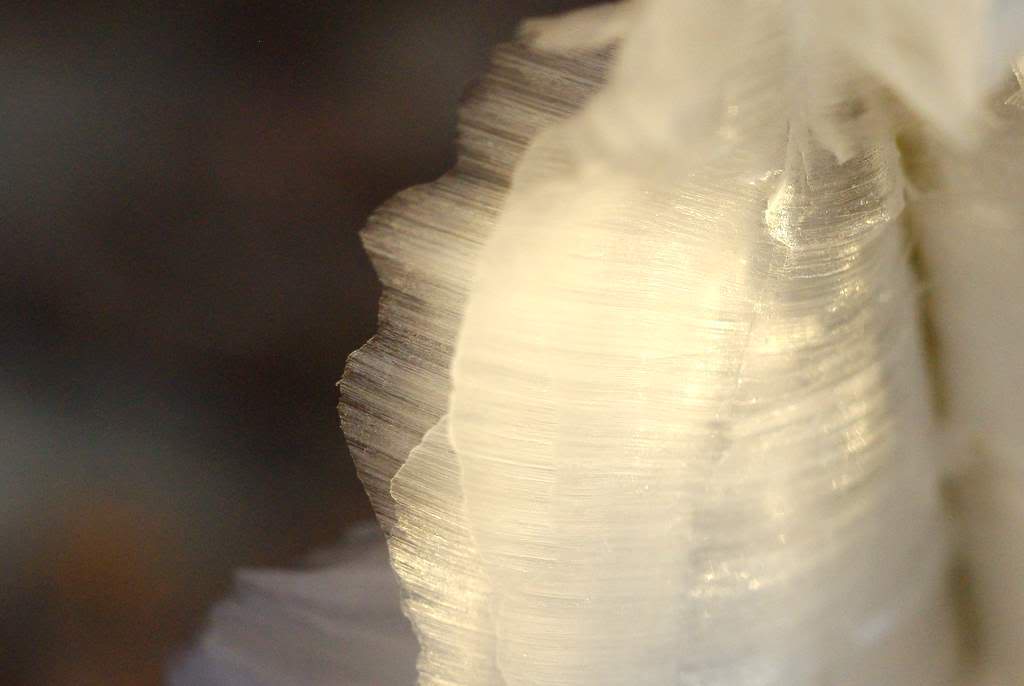
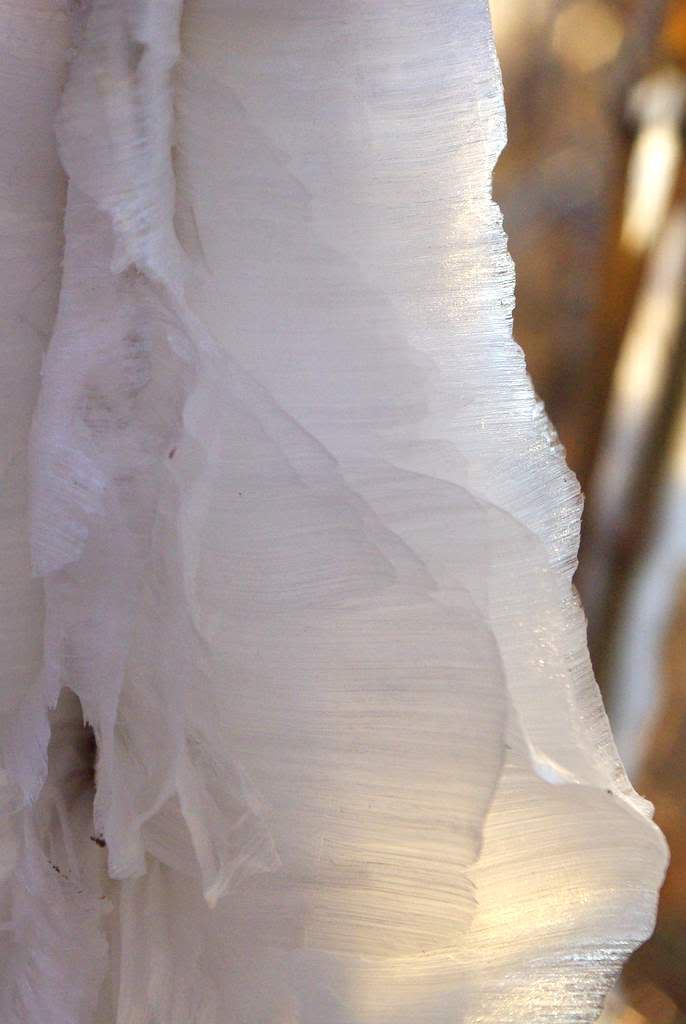


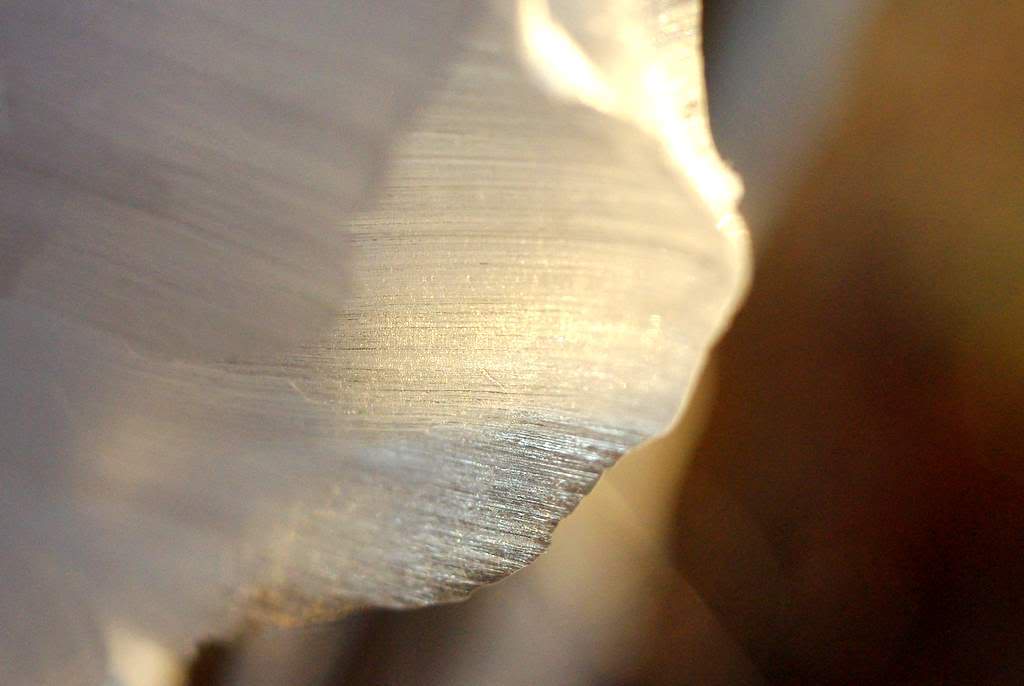
Alan, are you one of those strange people that function well before 8 am?
ReplyDeleteSeems that these are an early morning phenomenon, and as such, I'm going to tuck them in the same file as bigfoot and the loch ness monster :-)
Yes I am, as long as I just have to walk around the garden and take photos. =) These will actually stay around all day if it's cold enough.
ReplyDelete